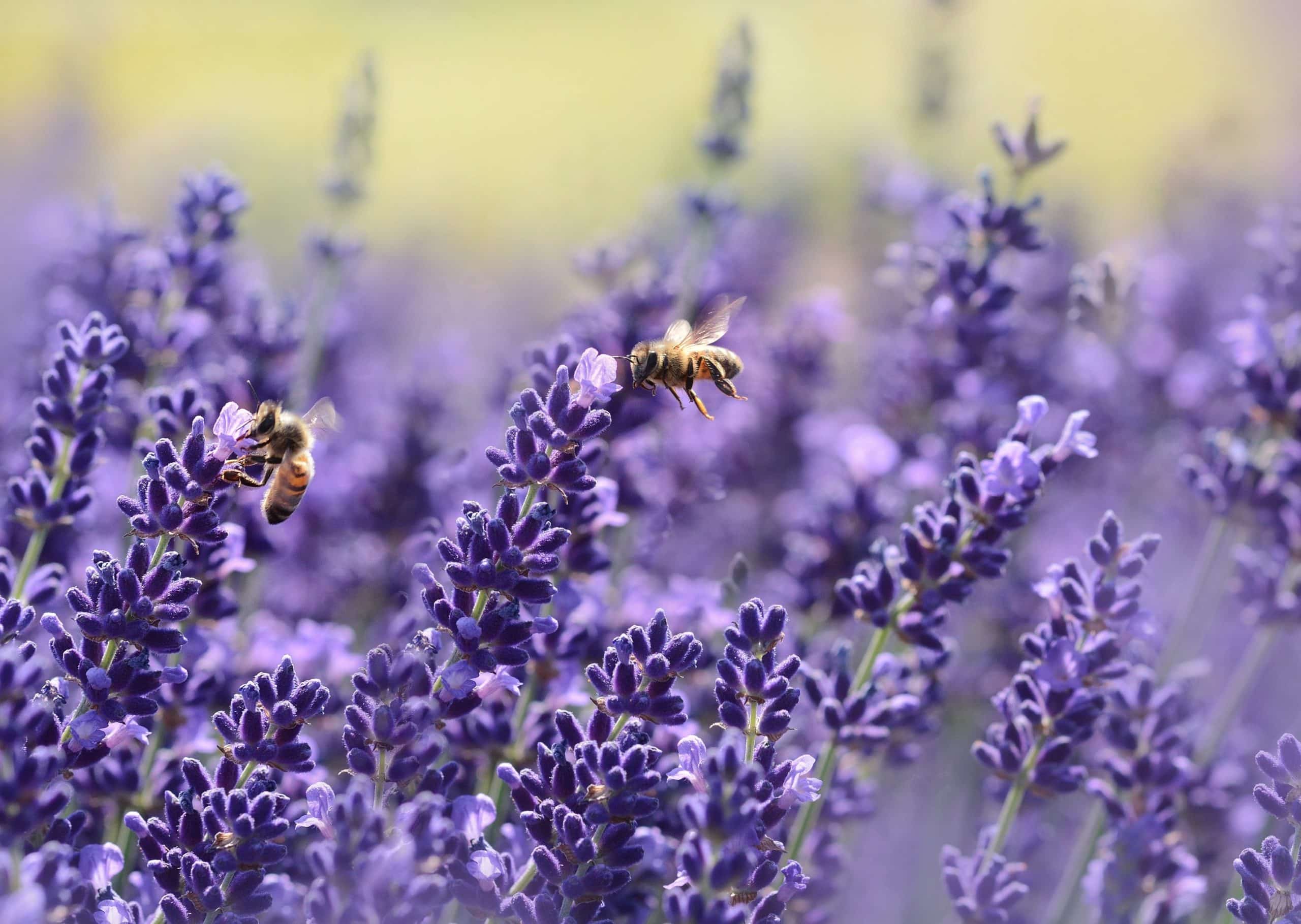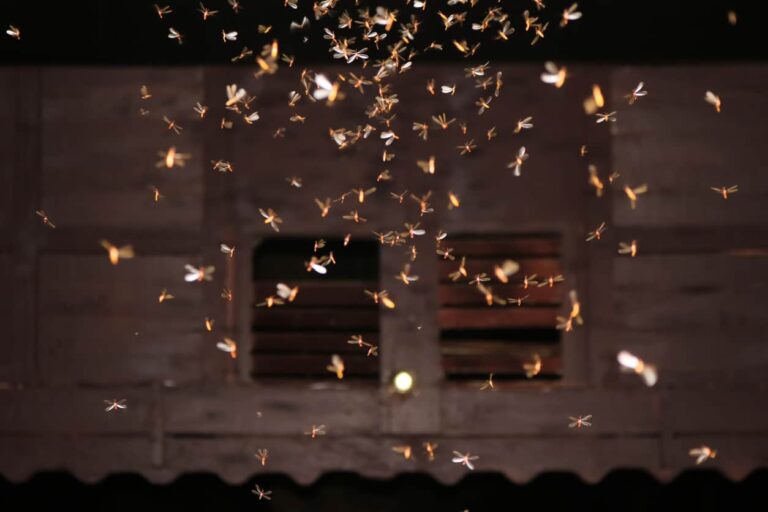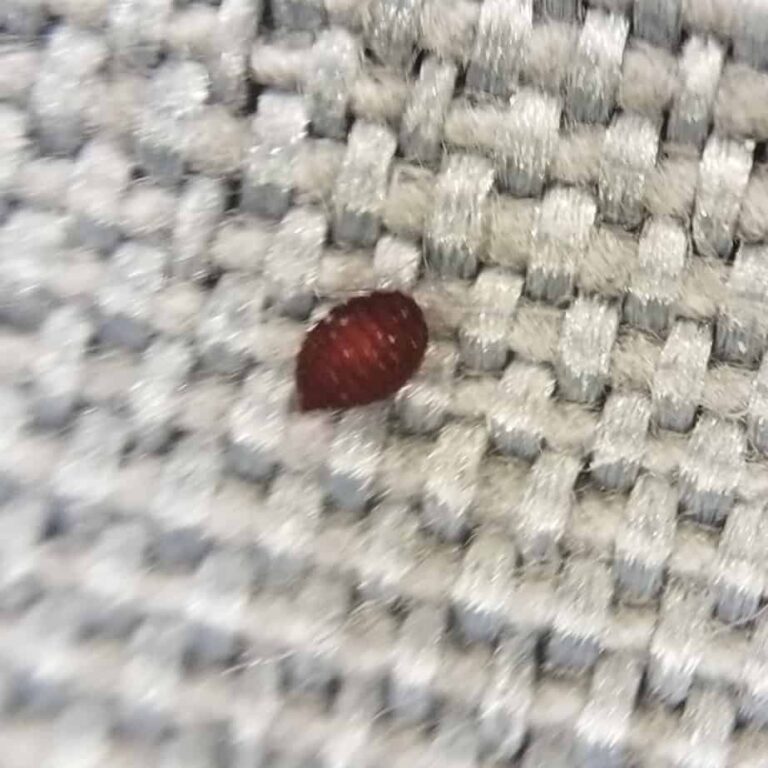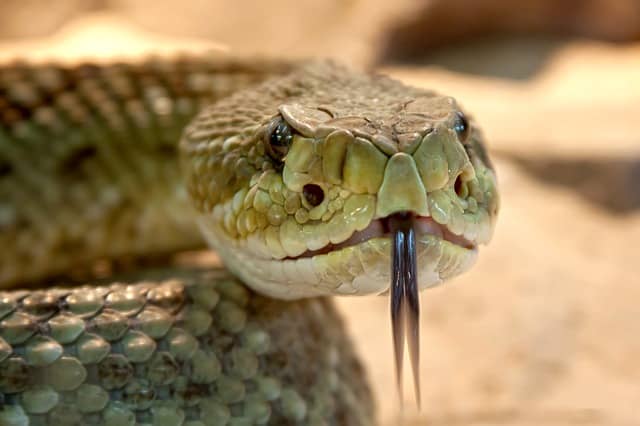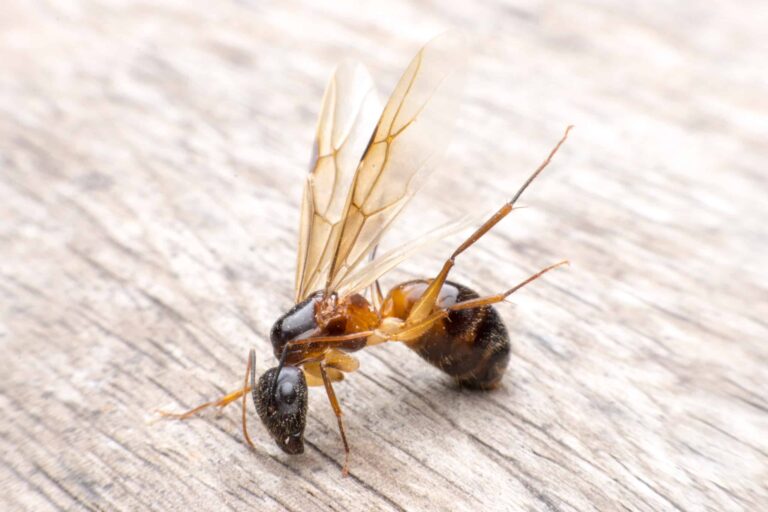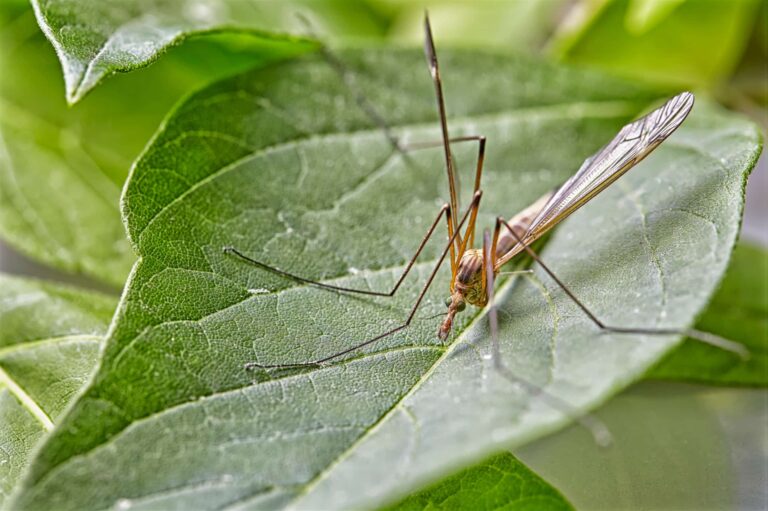What Is A Pollinator?
What are pollinators – A pollinator is anything that helps carry pollen from the male part of the flower, the stamen, to the female part of the same or another flower, the stigma. Therefore, the movement of pollen must occur for the plant to become fertilized and produce fruits and seeds. Some plants are self-pollinating, while others may be fertilized by pollen carried by wind or water. For the most part flowers are pollinated by insects and animals.
Who Are These Pollinators?
There are five primary pollinators that help pollinate the earths flower’s and our favorite food’s. These Pollinators include bees, wasps, moths, butterflies, and flies.
Why Are Pollinators Important?
- They have a positive effect on the environment. By spreading the pollen to the surrounding flowers they are helping them grow.
- “At least 75 percent of all the flowering plants on earth are pollinated by insects and animals. This amounts to more than 1,200 food crops and 180,000 different types of plants—plants which help stabilize our soils, clean our air, supply oxygen, and support wildlife.”
- They have a positive impact on the economy.
- The crop pollinated from just honeybees alone is 19 million dollars.
What Attracts A Pollinator?
Flowers produce a nectar that attracts pollinators to their flowers. As the pollinator moves from flower to flower collecting nectar, they are also moving pollen from flower to flower. Insects are the most common pollinators, but as many as 1,500 species of vertebrates also help pollinate plants.
Colony Collapse Disorder
Unfortunately, within the last 15 years a serious disease has had a major impact on one of the world’s biggest pollinators, bees. This disease is called Colony Collapse Disorder. CCD is the phenomenon that occurs when the majority of worker bees in a colony disappear and leave behind a queen, plenty of food and a few nurse bees to care for the remaining immature bees and the queen. In the mid 2000’s this disease was a serious concern. Many beekeepers were finding their colonies of bees deserted with worker bees, and this led to many of those colonies eventually dyeing. Fifteen years later fast forward to today and they are seeing an increase in the bee populations.
How Can You Help The Pollinators?
- Grow plants that support pollinators
- Ban dangerous pesticides
- Preserving wild habitat
- Restore ecological agriculture
- Do not use neonicotinoid pesticides. Check the label of nursery plants and products.
For any questions or further inquiries please feel free to contact us at uspest.com or call us at 615-338-7548. Also, be sure to follow us on social media @u.s.pest.

